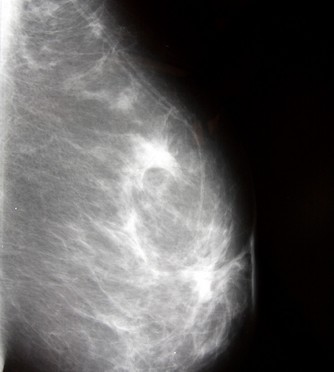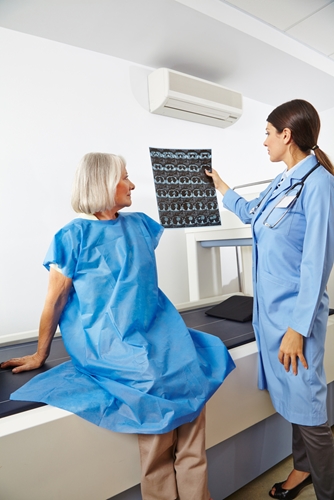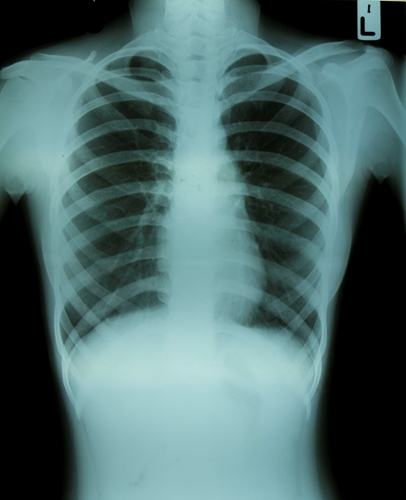Medical imaging providers have the benefit of advanced systems that deliver high-quality results from scans, facilitating the continuum of care and determining appropriate treatment methods. When it comes to breast cancer, mammograms have proven to be integral to the process over the years.
How mammography saves lives
From the American College of Radiology to the American Cancer Society, there is no shortage of organizations or agencies dedicated to helping women at risk of developing cancer. As people make New Year's resolutions, yearly mammograms should be on some patients' lists if they are turning 40 or older in 2015.
The South Bend Tribune named the benefits of early diagnosis as the reason behind mammography's important role in health care. The sooner that doctors can find evidence of malignancies, the faster they can start patients on treatments like chemotherapy or radiation to fight back against tumors. Finding growths early also increases survival rates compared to women whose cancers are diagnosed only after they notice specific symptoms.
Like most modalities, mammograms are not perfect. In addition, research from the U.S. Preventive Services Task Force purported that screening should be shifted to start at age 50 and that biennial exams were more effective than annual. While this could have a seriously negative impact on women's well-beings, the White House took a stand against the findings and stipulated that it did not support the UPSTF's research. As a result, the federal government's Affordable Care Act mandated that insurance plans provide coverage for mammograms for patients in their 40s.
Only screening women who were at risk of developing cancer would miss almost 75 percent of cancerous growths, according to Alan Angel, M.D., private practice radiologist at Beacon Health, and Daniel Kopans, M.D., professor of radiology at Harvard Medical School. With the advent of combining traditional 2D mammograms with 3D digital breast tomosynthesis, mammography has continued to maintain its position as an effective screening method for women.
Do technologists affect radiologists' mammographic interpretations?
Despite the benefits of comprehensive cancer screenings, the clinical results are dependent on the abilities of radiologic technicians, who, in turn, guide radiologists' interpretations. A recent study, published in the journal Academic Radiology, focused on these specific factors that affect readings.
Researchers from the University of North Carolina, Chapel Hill, used data from the Carolina Mammography registry to evaluate the relationship between technicians and radiologists. The information included reports from 372 radiologists and 356 mammographic technologists, who performed more than 1 million screenings combined between 1994 and 2009.
The team, led by Louise Henderson, Ph.D., measured interpretative performance – including recall, sensitivity, specificity and cancer detection rates – by collecting cancer outcomes from the Carolina reports. In addition, Henderson and her colleagues examined clusters of screen-film mammography and full-field digital mammography. They discovered that the skills of technologists directly impacted the performance of radiologists in delivering optimal screening results.
Contact Viztek for more information.
Ronny Bachrach
Latest posts by Ronny Bachrach (see all)
- Konica Minolta Debuts First-of-Its-Kind Digital U-Arm System at AHRA - July 27, 2016
- Researchers Detect Signs Of Stroke Risk Using MRI - June 27, 2016
- Imaging Biz: Q&A with David S. Channin MD: How to Make PACS Patient Centered - June 22, 2016










